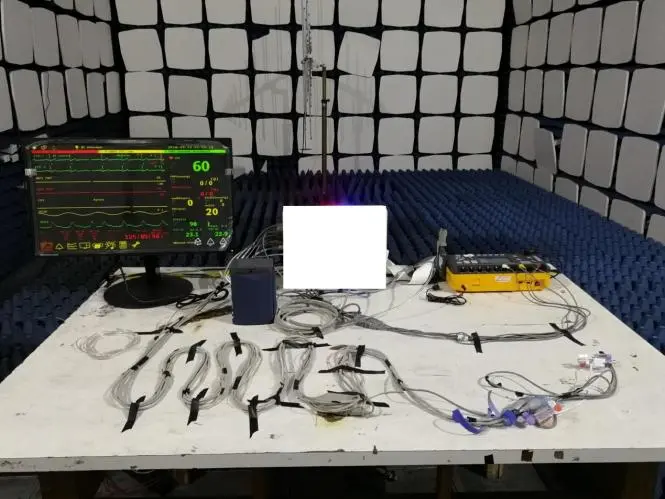
Electric Blanket CE Certification and ROHS Testing
An electric blanket is a contact-type electric heating device, woven or sewn into a blanket with special serpentine electric heating elements that possess standard insULation performance. Due to the recent energy crisis in the EU, the demand for heating devices has surged, and many electric blankets have sold out. For electric blankets to be exported to the EU, they need to meet CE certification and ROHS testing requirements to smoothly enter the EU market. The Chinese JJR Laboratory provides a detailed introduction.

What is European CE certification?
The CE mark is a conformity indicator, meaning that the product complies with European regulations. It applies to all products under any European regulation, and in this case, the CE mark on these products is mandatory. Products with the European CE mark are not necessarily made in Europe; this mark proves that they have been evaluated before being introduced and/or sold in Europe.
Electric blankets are generally powered by 220V and need to meet the requirements of the LVD low voltage directive 2014/35/EU and the EMC Directive 2014/30/EU. Two test reports are required to obtain the ce certificate, and the product must bear the CE mark.
Electric Blanket CE Certification Testing Standards:
- EN55014-1
- EN55014-2
- en61000-3-2
- EN61000-3-3
- en60335-1
Electric Blanket CE Certification Testing Items:
1. Conducted Emission
2. Radiated Emission
3. Disturbance
4. Harmonic Current
5. Voltage Fluctuation
6. Static Test
7. Pulse Group Test
8. Surge Test
9. Voltage Drop Test
10. Power Frequency Magnetic Field Test
11. Anti-interference Test
12. Radiated Anti-interference Test
13. Insulation
14. Withstand Voltage
15. Leakage Current
16. Temperature Rise, etc.
Summary:
The primary focus is on safety and EMC (Electromagnetic Compatibility) testing.
Electric Blanket CE Certification Preparation Materials:
1. Application Form
2. Label
3. Circuit Diagram
4. List of Key Components
5. Specification Sheet
6. Instruction Manual
Electric Blanket ROHS certification:
Electric blankets exported to the EU need to meet the requirements of the RoHS Directive 2011/65/EU. The testing standard is EN 63000:2018, which currently tests for the content of 10 hazardous substances:
1. Lead (Pb)
2. Cadmium (Cd)
3. Mercury (Hg)
4. Hexavalent Chromium (Cr6+)
5. Polybrominated Biphenyls (PBBs)
6. Polybrominated Diphenyl Ethers (PBDEs)
7. Diisobutyl Phthalate (DIBP)
8. Bis(2-ethylhexyl) Phthalate (DEHP)
9. Dibutyl Phthalate (DBP)
10. Benzyl Butyl Phthalate (BBP)
Testing Requirements:
Except for the chromium content, which cannot exceed 0.01%, the other substances should not exceed 0.1% (1000 PPM or 1000 mg/kg).
CE + ROHS Testing Timeline:
5 to 7 working days, with 2 sample submissions. For a quote, please contact a JJR engineer.
Email:hello@jjrlab.com
Write your message here and send it to us
 What Certifications for Exporting Monitors to Euro
What Certifications for Exporting Monitors to Euro
 Bluetooth Headphones Exported to Australia Certifi
Bluetooth Headphones Exported to Australia Certifi
 What Certifications for Router Products Exported t
What Certifications for Router Products Exported t
 TIC (Power Bank UL 2056, Portable Power Station UL
TIC (Power Bank UL 2056, Portable Power Station UL
 How to get EN 18031 Certification for Wireless Pro
How to get EN 18031 Certification for Wireless Pro
 PSE, TELEC and VCCI Compliance for Cameras Exporte
PSE, TELEC and VCCI Compliance for Cameras Exporte
 NOM & IFT Compliance for Audio Equipment Expor
NOM & IFT Compliance for Audio Equipment Expor
 FCC, CE & EMC Compliance for Printers Exported
FCC, CE & EMC Compliance for Printers Exported
Leave us a message
24-hour online customer service at any time to respond, so that you worry!




